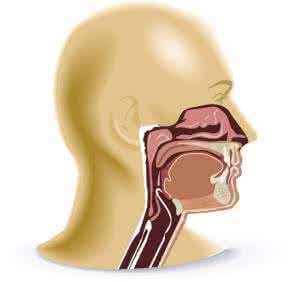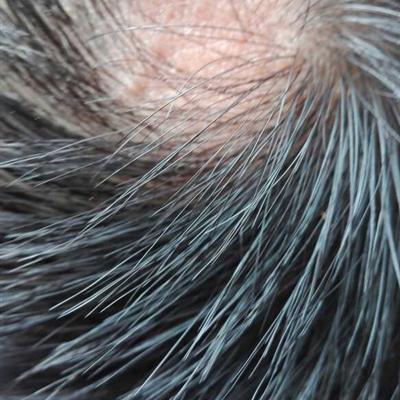How to judge coma
summary
Coma, many people think there may be no harm, in fact, it is not, many people did not distinguish coma and sleep clearly, when found that someone is coma, should be treated first aid, coma will be life-threatening, share with you how to judge coma this common problem!
How to judge coma
First, coma is a kind of disturbance of consciousness. Classification: shallow coma: reaction to strong stimulation, basic physiological reaction, and normal vital signs; moderate coma: reaction to stimulation disappears, physiological reaction exists, and normal vital signs; deep coma: except for vital signs, all others disappear, and excessive coma: brain death.

Second: deep and shallow reflexes: if comatose patients have no local brain lesions, their deep and shallow reflexes are symmetrically weakened or disappeared, but deep reflexes can also be hyperreflexed. When coma patients were accompanied with hemiplegia, the deep and shallow reflexes on the paralyzed side decreased in the acute stage, while the deep reflexes increased and the shallow reflexes disappeared in the shock stage. When coma accompanied by bilateral brainstem lesions, deep and shallow reflexes often showed symmetrical changes.

Third: pathological reflex: coma patients have positive pathological reflex on one side, which often indicates the presence of focal lesions in the contralateral brain. But with the progress of the disease, the other side can also appear positive pathological reflex. At this time, it is suggested that the lesion has involved both hemispheres, or secondary brain stem damage caused by herniation.

matters needing attention
Coma can be judged by the above methods. After all, coma is a relatively dangerous thing. Therefore, when someone is found in a wrong state, they should go to the hospital for treatment in time. If not, they should take the patient to the hospital in time so that the disease can be controlled.















